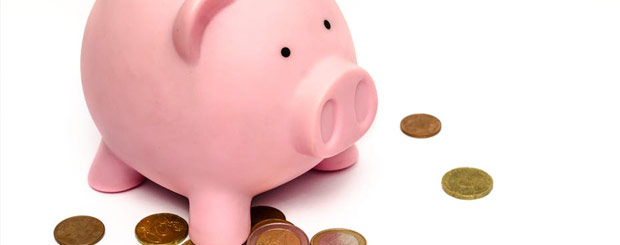Mal-Investments Small And Large
It is tempting to think that the Soviets perfected negative-value-added investment — the stuff produced is worth less than the value of the resources to produce it. However, most families have experienced this first hand. It usually surfaces with an entrepreneurial adolescent deciding it would be a good idea to sell lemonade at the curbside to passers-by Parents, wanting to encourage the idea that working and making money is a good idea, drive around to buy the lemon, sugar, designer bottled water, cups, spoons, napkins, a sign or two, and probably a paper table cloth. Aside from time and gas, the outing adds up to something north of $10. At the opening of business the next day, the kids find business is slow to non-existent at $1 per cup. So, they start to learn about market demand and find that business becomes so brisk at only 10 cents per cup that they are sold out by noon, having served 70 cups of lemonade and hauled in $7. The excited lunch-time conversation is about expanding the business. A stand across the street to catch traffic going the opposite direction; maybe one around the corner for the cross-street traffic. The kids see growing revenue; the “investors” see mounting losses. There is a strand of economics, we’ll call it the K-brand, that sees all this as worthwhile. They add together the $10 spent by the parents to back the venture and the $7 spent by the customers and conclude that an additional $17 of spending is clearly a good thing. Surely, the neighbourhood economy has been stimulated. To the family it is a loss, chalked up as a form of consumption. If this were a business enterprise it would be a write-off. In classical economics it is a “mal-investment.”
But of course the government “invests” on a much larger scale:
To K-brand economics, such “investing” is better done by the government because there never has to be a write-down for bad ideas. So, Japan spent a couple of decades “investing” in airports few people fly to, highways few people drive on and bullet trains that not enough people ride on. All the expenditures were recorded as investment and were additions to national output, never recognizing that the value of what was produced is less than the value of the resources needed to produce it — negative-value-added. Surely it is clear that Japan was made poorer by lots of bad “investments.” The U.S. recorded a great amount of “residential investment spending” in the central valleys of California that added to national output, only to have the houses bulldozed because there were no buyers. Subsequently, the home-builders incurred losses, reducing business income, thus shrinking national output. Nevertheless, the national accounts will never be revised to reflect that the “investment spending” of a few years earlier was all “mal-investment” and should have been recorded as a form of business consumption. Such “investment” actually made us poorer. The irony of this example is the expenditures incurred to bulldoze the vacant houses is recorded as “stimulus” to the economy. Thanks for that to K-brand economics. They now want California to “invest” in a Japanese-style bullet train that is negative-value-added economics.
I recommend the whole article.




